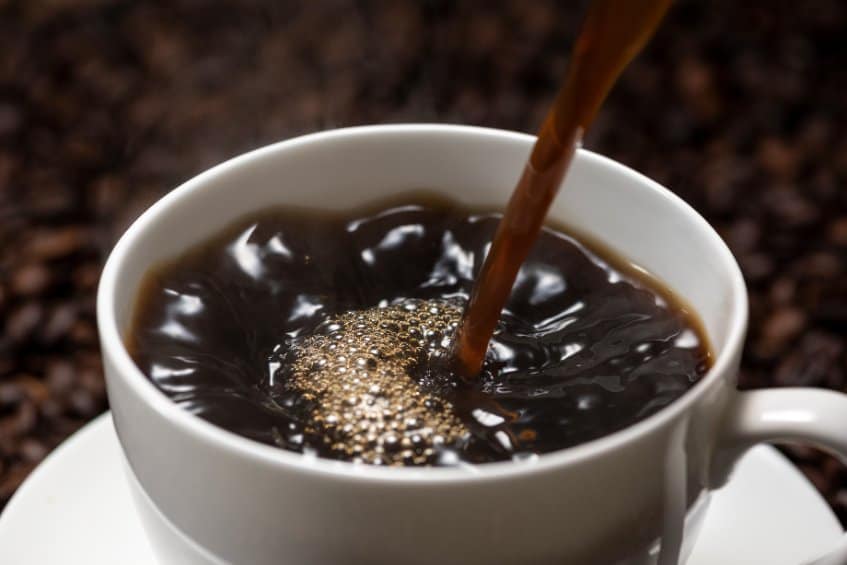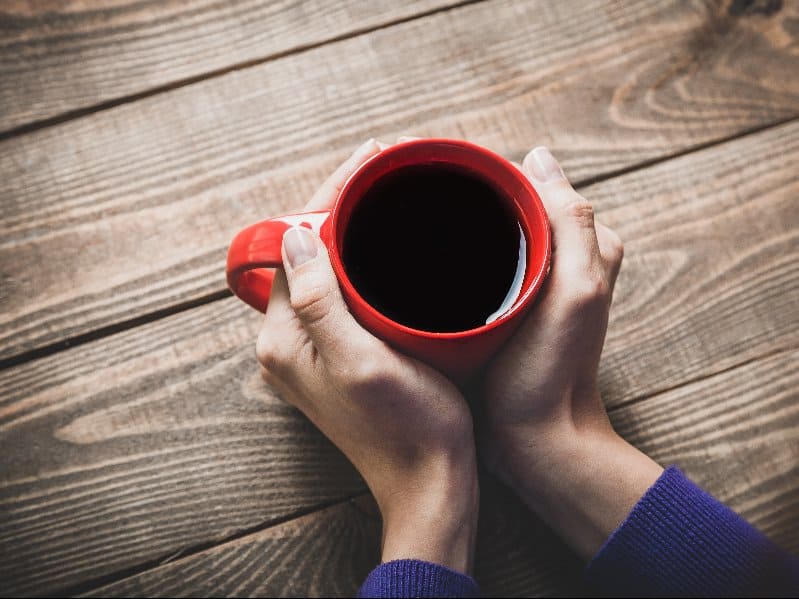
Are you considering switching to black coffee, but are a little nervous to try it out? Is it really as bitter as everyone says, or is there more to it?
Black coffee may taste more bitter than coffee that has cream and sugar, but it’s easier to taste the subtler flavors. It’s easier to taste the quality of the coffee, as well as any flavor notes that come from where the bean was grown. These notes may be sweet, nutty, citrusy, or even chocolatey.
Here are some things you’ll be able to taste better in black coffee, as well as some factors to keep in mind when buying or preparing your coffee.
Quality
When you fill your coffee with cream and sugar, that’s all you’re really going to taste: the milk, cream and sugar. Most people add milk, cream and sugar to mask the bitterness of black coffee, which can be overpowering or unpleasant in some cases. But at that point, you might as well be eating coffee-flavored ice cream.
Black coffee is an acquired taste to be sure, but once you get it, you can start to appreciate the coffee for how and what it is. With the milk, cream and sugar out of the way, you’ll be able to taste the difference between different coffees. You will find that this one is really high quality or that one is really not. You’ll find you care more about the choice you have to make when you buy beans.
Flavor Notes

Coffee isn’t grown in a vacuum, and by that, I mean that every coffee plant has other plants around it that influence its growth and the way the coffee ends up tasting. For instance, coffee that was grown around a lot of sugarcane will taste sweeter, and coffee that grew around orange trees will have citrus notes to it.
That’s why where the coffee comes from is such a big deal, and why single-origin coffee is praised as the best. For example, coffee from Yemen will taste different from coffee from Kenya, so knowing where your coffee comes from is an important factor to remember when experimenting to find your favorite.
Flavor notes also come from how the beans are processed, roasted, and brewed.
In basic commercial coffee, you may find flavors of nuts or cacao. Coffee trees and cacao trees both thrive in the cocoa belt of South America, so that shouldn’t be too surprising.
Specialty coffee, grown in exotic places, is designed for quality and flavor. That means they choose very carefully where to grow their coffee based on the other plants that are around them. They might plant their coffee where the environment is already how they like it, or they might grow other things around it specifically to influence the coffee.
You could pretty easily find a flavor wheel online that shows all the different flavor notes that coffee might have, but some examples are citrus flavors like orange, lime, and tangerine, berry flavors, and even flavors of vegetables, spices, and flowers.
Different Roasts

Now, higher-quality brands and different locations are one thing, but even when you find ones you like among those, there is still one more thing to consider before buying your beans: the roast. There are four different grades (or colors) of roast, and it should be apparent before you buy which roast the beans in question are.
The reason the roast is so important is that the length of the roast affects how much flavor the beans retain, the acidity, and the oil released, which affect the taste of your coffee.
Light
Light roast beans are roasted just to the point of “first crack,” where the shell has only cracked once. These beans have as much of their natural flavor as possible. They have a higher acidity than other roasts. They also have the most caffeine, and since caffeine is the thing that makes coffee bitter in the first place, you can infer that this roast is more bitter.
Medium
Medium roast beans are roasted until they have a browner color than light roast beans, but not to the point that oils start to come to the surface. Medium roasts are better at balancing flavor, acidity, and aroma. It’s the most popular roast in the U.S., giving it the nicknames American Roast and Regular Roast.
Medium-Dark
Medium-dark roasts are roasted until oil starts to come up to the surface of the bean. Because it’s roasted for so long, the flavors associated with the roasting process come out more than they do in lighter roasts. There’s less caffeine, so it’s presumably less bitter, but it is spicier.
Dark
Dark roasts are roasted until they’re very dark brown or almost black, to the “second crack” stage. At this point, a lot of the oil has come up to the surface of the beans, so they’ll look a lot more greasy and may leave grease in your mug. This roast has less caffeine as well, but it gets some bitterness from the roast: it’s a smoky or burnt taste.
Some companies roast their beans to this stage to mask low quality.
Which is Best?
Light and medium roasts are preferred for black coffee because they retain the most natural flavor of all of the stages. Light roasts are especially preferred for specialty coffees.
Since medium roasts are more balanced, I’d say that they’re a better place to start if you want to experiment with black coffee, but part of experimenting is trying different things to find what you like, so trying both would work just as well.
Thicker Grind
If you’re looking to decrease the amount of bitterness in your coffee, one thing you can do is to use a thicker grind of coffee. Rather than using a fine grind, which may over-extract the bitter flavor from the beans, try using a medium grind. Don’t go too coarse, though, because you’ll get less flavor.
Bonus points if this means that you will be grinding your own coffee because then it means your coffee is as fresh as it can be. A couple of extra minutes of prep work should be worth the better flavor you get.
We have curated a Database of Specialty Coffee that will allow to browse and have access to a wide variety of flavors for your next black coffee!